Homework Solution: Probability and Statistics - Detailed Analysis
VerifiedAdded on 2021/11/03
|5
|729
|163
Homework Assignment
AI Summary
This document provides a detailed solution to a statistics and probability homework assignment. The solution covers various concepts including the analysis of critical failures using different beta values and time intervals, calculating the expected number of critical failures using the intensity function, and determining probabilities using the Poisson distribution. The assignment further delves into queuing systems, exploring birth and death processes, arrival and service rates, and the probabilities associated with customer waiting times. Additionally, the solution examines Markov chains, calculating transition probabilities, limiting distributions, and time reversibility. The analysis includes calculations related to shale layers, demonstrating the application of statistical methods in different contexts. Finally, the solution provides insights into the thickness of various layers, illustrating how these concepts can be used to solve real-world problems.
1 out of 5
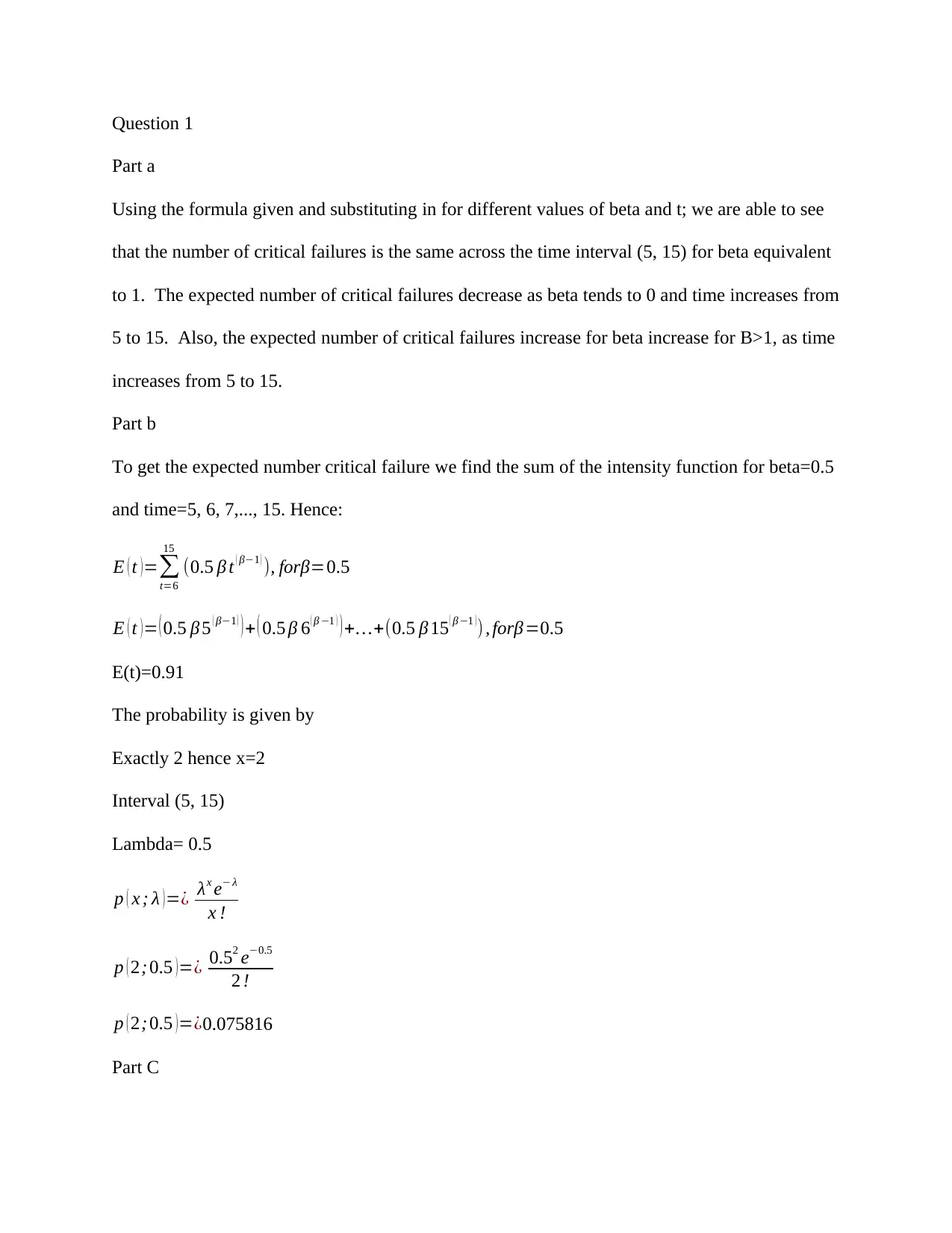
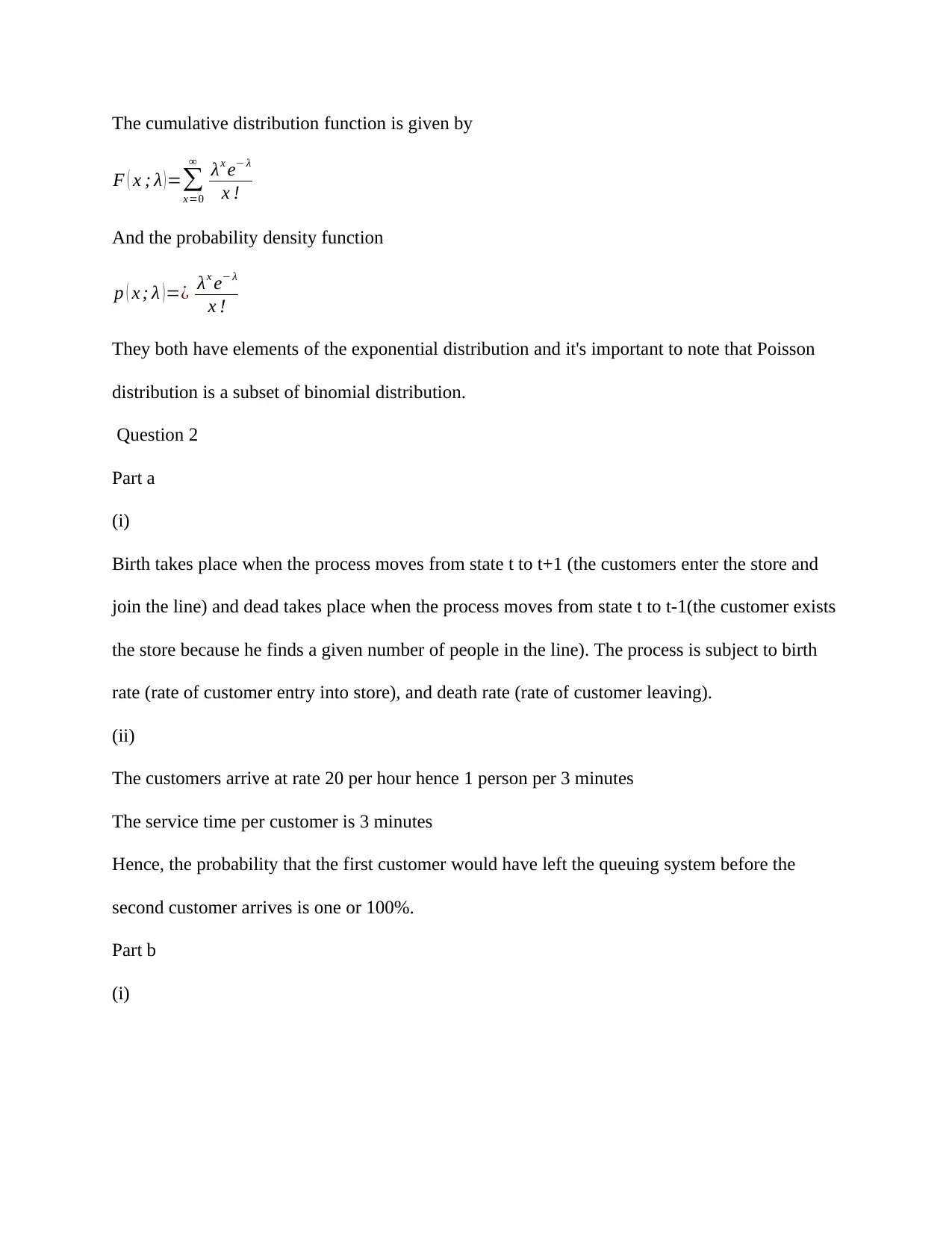
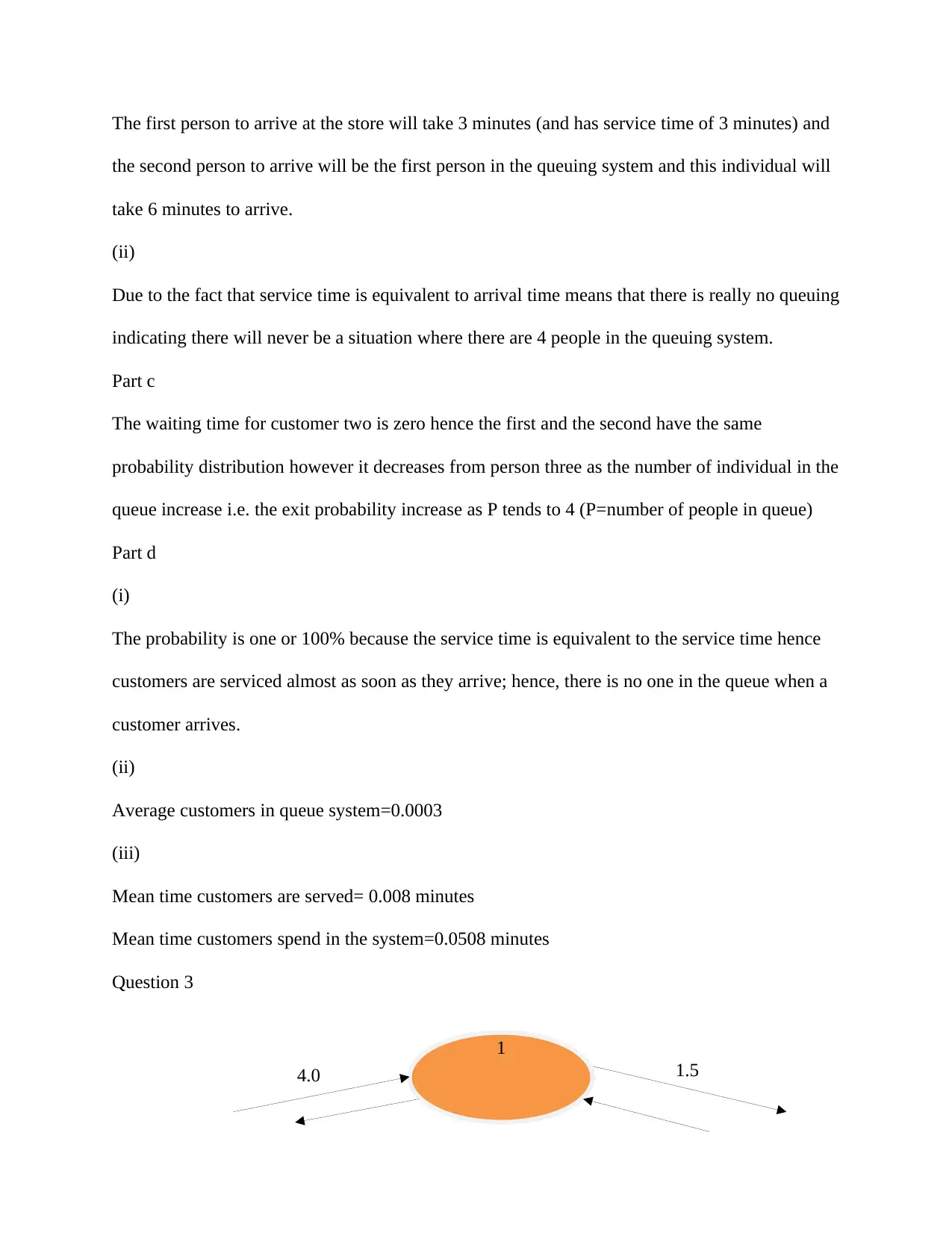

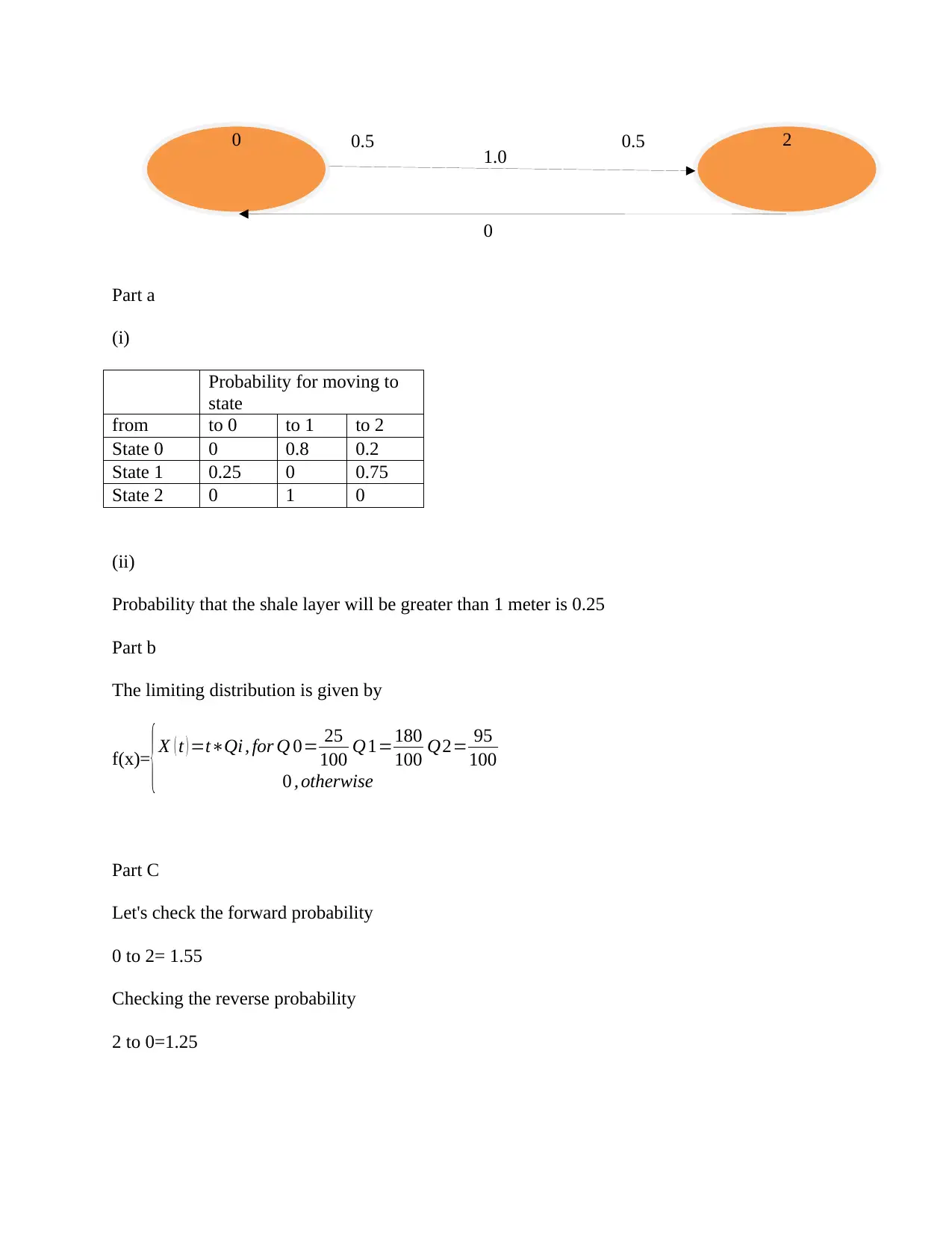
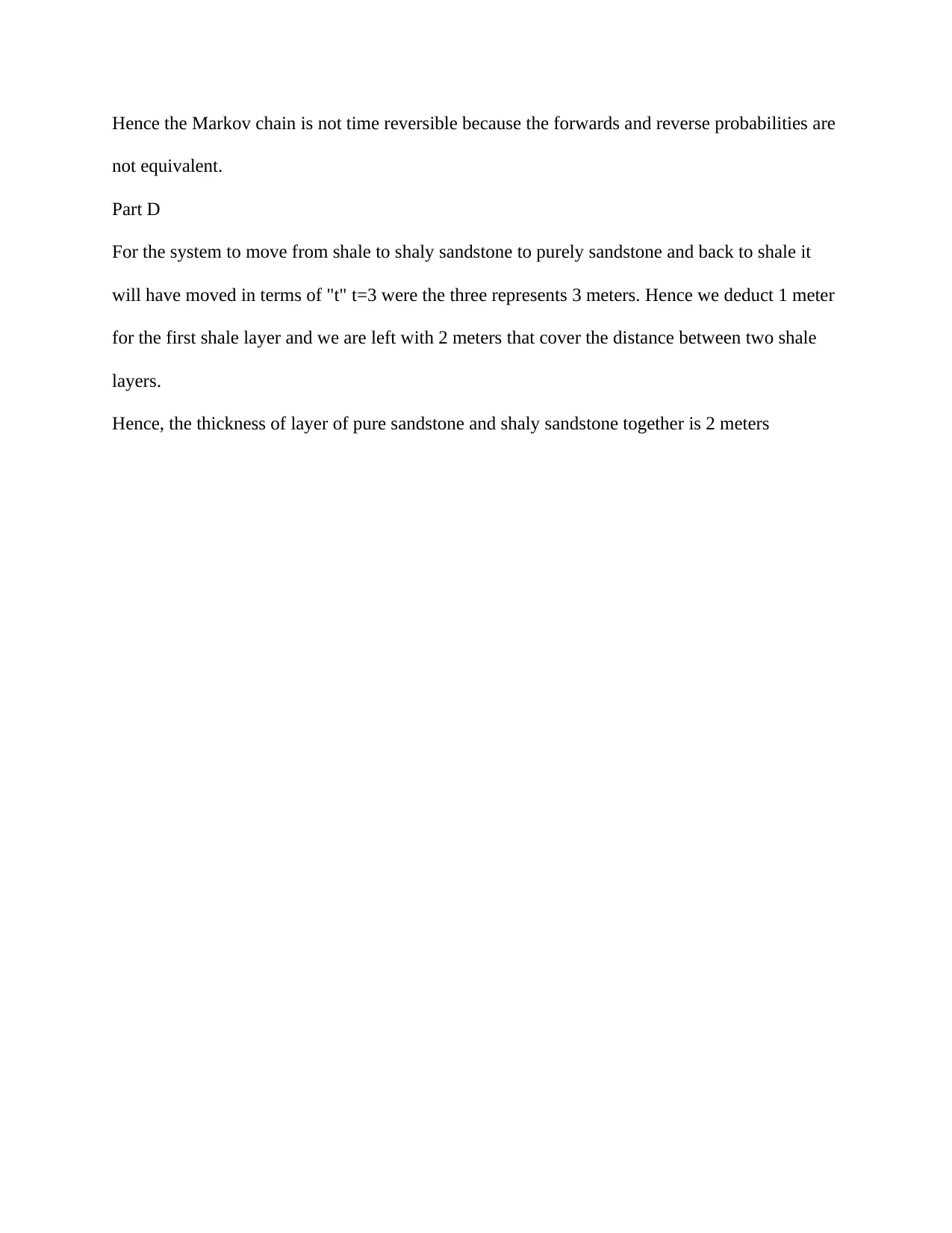






![[object Object]](/_next/static/media/star-bottom.7253800d.svg)